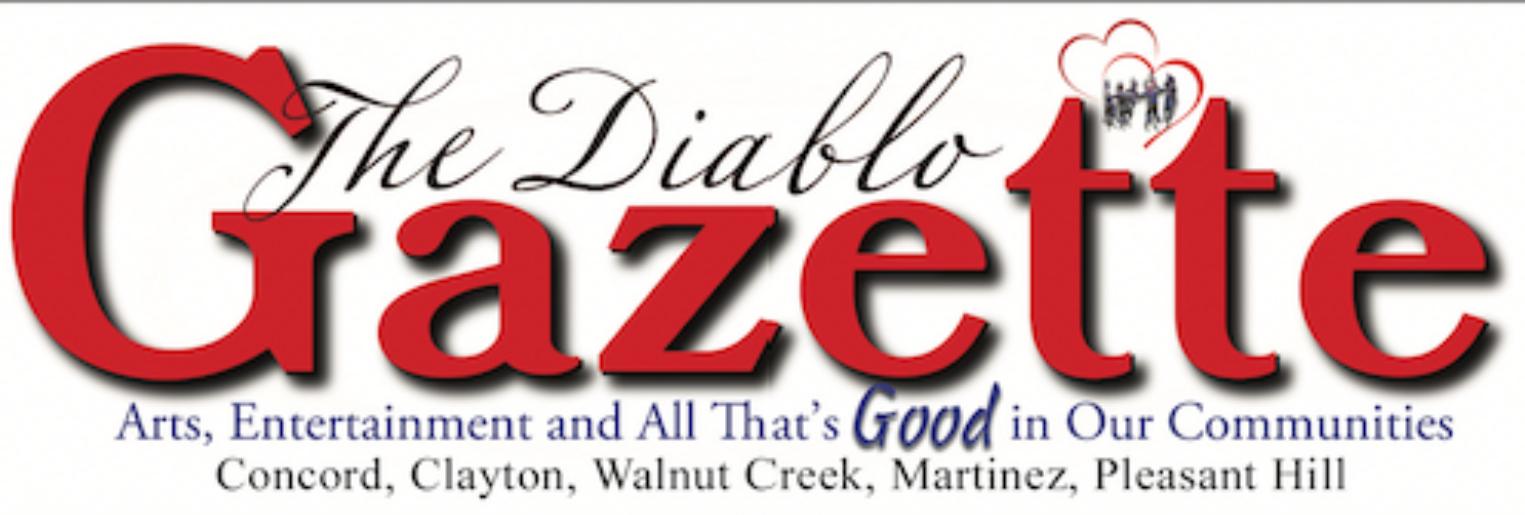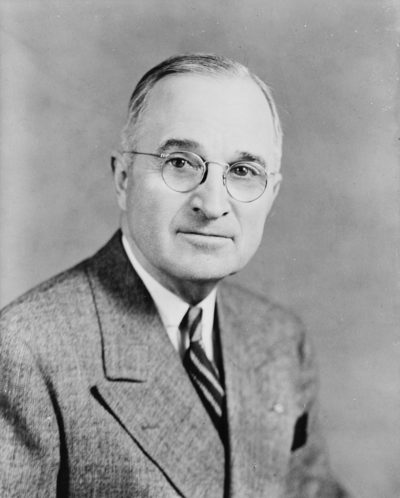Site of Truman Assassination Attempt
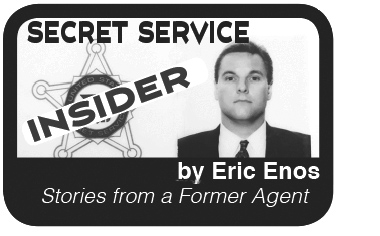
Across the street from the White House on Pennsylvania Avenue sits another very historic American home that most Americans aren’t familiar with or haven’t even heard of. The Blair House, also known as “The President’s Guest House,” has hosted world leaders on behalf of the President for over 75 years. Leaders who have not only greatly impacted their countries, but who have significantly and indelibly shaped the world have stayed here as official guests of the President; Winston Churchill, Charles de Gaulle, Anwar Sadat, Boris Yeltsin, Nelson Mandela, Vladimir Putin, Margret Thatcher, and Benjamin Netanyahu, to name just a few.
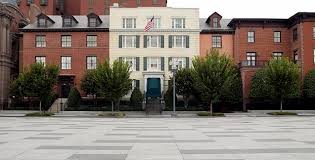
Blair House becomes the temporary residence for the President elect and family prior to the inauguration. Also, during the state funeral of a former President, Blair House will serve as the residence for the former first family.
Blair House is also a very important and significant location to the Secret Service and holds a place of honor within the agency’s history. It was here in 1950, that an assassination attempt was carried out against President Harry Truman. The aftermath left two dead and three wounded. One of the dead was a White House Police (US Secret Service Uniform Division) Officer.
From 1948 to 1952, the White House underwent a massive renovation. In the interim, President Truman moved across the street to Blair House. Often referred to as “The Truman White House.” On November 1, 1950, as President Truman was napping in his 2nd floor bedroom, two Puerto Rican nationalists, Oscar Collazo and Griselio Torresola, approached the Blair House from opposite ends of the sidewalk on Pennsylvania Avenue. As each neared law enforcement posted in front, they drew their weapons and opened fired.
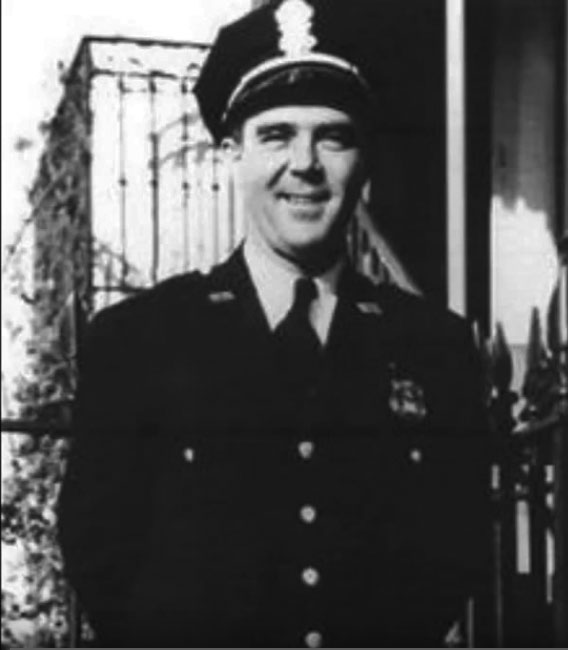
Officer Leslie Coffelt had been posted in a guard booth, not much larger than a telephone booth, on the sidewalk on the west corner of the house. Torresola walked up to the booth and fired four rounds at Coffelt at point blank range, striking him in the chest and abdomen. Torresola then shot and wounded two other officers as he continued towards the entrance of Blair House. Officer Coffelt managed to prop himself against the outside of his guard booth and fired a single shot at Torresola, striking him in the head and killing him instantly. Torresola lay dead in shrubs at the base of one of the Blair House front windows. Officer Coffelt then collapsed at his booth.
Simultaneously, Collazo fired at and hit an officer standing at the steps of Blair House. The officer, wounded in the knee, moved onto Pennsylvania Avenue attempting to draw Collazo’s fire away from Blair House. Special Agent Floyd Boring, who was posted in front of the house returned fire as did other officers. One of his rounds went through Collazo’s hat grazing his scalp. Shots fired from other officers grazed Collazo’s nose and ear, yet he remained standing. Upon hearing the gunfire, Special Agent Vincent Mroz, who was posted inside Blair House, rushed down a hallway and out a street-level east side door. Agent Mroz opened fire on Collazo striking him in the chest. Collazo immediately dropped, seriously wounded at the front steps of Blair House.
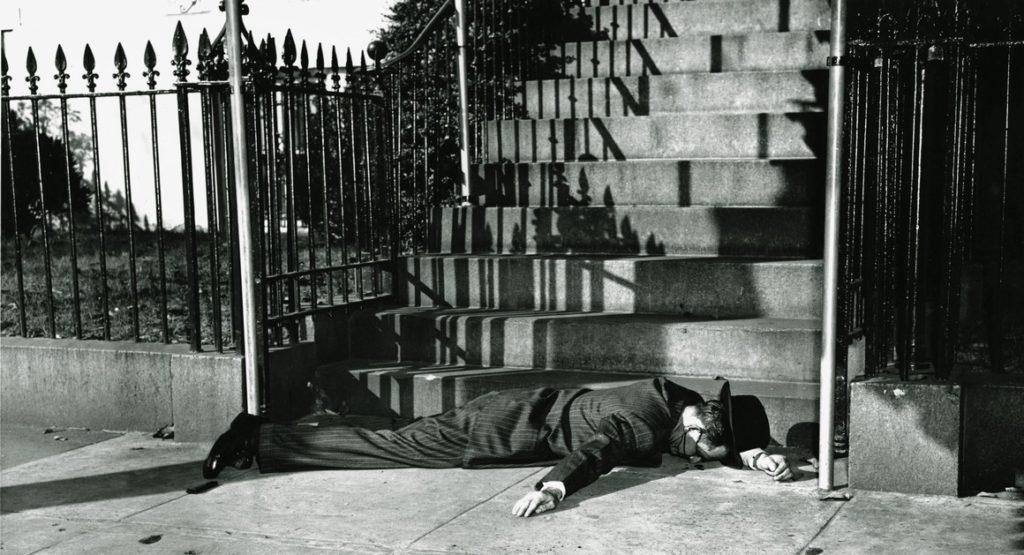

In the midst of the gun battle, President Truman actually came to his second-floor bedroom window, overlooking Pennsylvania Avenue and the crime scene, and stuck his head out to see what was happening approximately 35 feet from his window. Agents and officers immediately hollered at the President to get down, which he did.

The gun battle lasted less than 30 seconds. When it was over, one man was dead (gunman Torresola) and four were wounded (gunman Collazo and four White House Officers). However, later that night, Officer Coffelt succumbed to his wounds at Emergency Hospital, making him the only member of the Secret Service to die in the line of duty while protecting the President.

Although I had been by the Blair House many times, I had never been inside.
In February 2007, Liberian President Ellen Johnson-Sirleaf visited the United States. Sirleaf was the first elected female head of state in an African nation. A very historic achievement. I was assigned to her detail as a shift agent. The shift is the inner most security ring, traveling with and working directly next to the protectee. Over the course of several days our travels took us to New York City (twice), Connecticut, Rhode Island, and Washington DC, for a meeting at the White House with President Bush. As an official guest of President Bush, President Sirleaf would stay at Blair House.
Secret Service Agents and Uniform Division Officers were pre-posted inside and out Blair House as our motorcade arrived on the night of February 13th. We immediately exited the Secret Service Suburban and took our positions around President Sirleaf’s limo. The Detail leader exited the limo and took his position at the rear right limo door. When all was deemed clear, President Sirleaf exited the limo and we escorted her into Blair House followed by her staff and delegation. Once inside, the entourage made their way to the second floor and I posted up in foyer area, just inside the front door. The motorcade of course remained in front of the house all night with a heavy agent and police presence and an agent was posted at the base of the front steps just outside the door in front of me.

As I faced the backside of front door, behind me was an old grandfather clock and the entry into an elegant dining room. To my left, the stairwell leading to the upper floors and in front of me on the left was a small sitting room with a fireplace and numerous framed 19th century political cartoons, old photographs, and paintings, to include one of President Lincoln which hung over the fireplace and, surprisingly to me, one of Confederate General Robert E. Lee in uniform.
Later, after everyone was settled in, the Director of Blair House, Randy Bumgardner, came down the stairs into the foyer and introduced himself to me. His name was Randy and we proceeded to visit for some time at my post. He was an absolute gentleman and one of the foremost experts on the history of the house, the Blair family, and their political power, influence, and friendships, with several U.S. Presidents beginning with Andrew Jackson.
Randy filled me with interesting stories of some of the significant things the house had witness in its (then) 183 years. For example, the house was built in 1824 and is adorned with countless 18th and 19th century antiques from around the world to include the functioning grandfather clock behind us which was made in 1789. The marble floor we stood on was original to the house and every U.S. President from Jackson to present has walked on that floor.
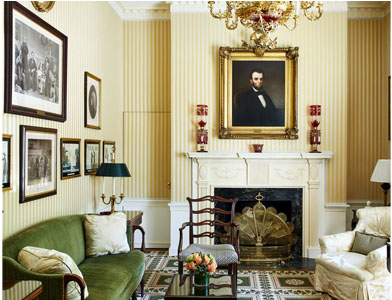
We walked into the open sitting room that was just to our left. He told me it was in this room, known as the Lincoln room (hence the Lincoln painting above the fireplace), that President Lincoln, via his friend Francis Preston Blair, offered command of the Union Army to Robert E. Lee at the outbreak of the Civil War (which explains the painting of Lee on the front wall). Being a Civil War buff, I knew Lee was offered and declined command of the US Army, but I had no idea that the meeting took place in the room I was now standing in at Blair House! Lee reluctantly declined the offer citing his loyalty to his home state of Virginia. He returned to his home, Arlington House, just across the Potomac River (now the site of Arlington National Cemetery) overlooking Washington DC, resigned his commission in the US Army, and two days later joined the Confederacy, ultimately becoming General of the Army of Northern Virginia.
Recognized by most military historians as a master military strategist, tactician, and one of the most effective, some say “brilliant,” Generals of the Civil War, one wonders how the outcome of the war (which lasted four years and cost the lives of 600,000 collectively) would have been altered had Lee accepted President Lincoln’s offer at Blair House. How much sooner would the war have ended? How many thousands of lives would have been spared?
After Randy left, the house was completely quiet as I maintained my post, except for the rhythmic tick-tock of the 200-plus year-old grandfather clock behind me. As I stood by myself in the foyer, I could feel the history of the house. I could imagine Lee’s deep sorrow and internal strife as he sullenly walked out of the Lincoln room at my left, down the marble floor that I was standing on, and out the entry doorway that was in front of me. The same doorway that every President from Jackson to Bush W (at that time) had walked through. The same doorway that 89 years after Lee exited through it, a would-be assassin would be lying wounded at its doorstep and another would lay dead just feet beyond. And just a few feet further, the only Secret Service officer killed while in the line of duty protecting the President of the United States would be lying mortally wounded.
As these thoughts flowed through my mind, I never lost site or focus of my role in protecting the first female to be elected leader of an African nation, who slept just one floor above me. At about 11:30 that night the midnight shift arrived to push (relieve) my shift. We briefed them, then discontinued and headed to our hotel.
The following day, I resumed my post inside the Blair House foyer. Shortly thereafter, Secretary of State Condoleezza Rice, the first female African-American to hold that position (and prior to that, the first female African-American National Security Advisor) arrived at Blair House where she met with President Sirleaf. After the meeting we then escorted President Sirleaf to our country’s most historic residence, the White House, where she met with President Bush.
President Sirleaf’s visit turned out to be an historic assignment for me on many levels.
